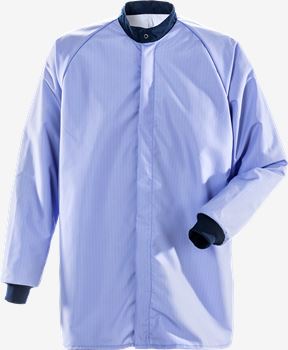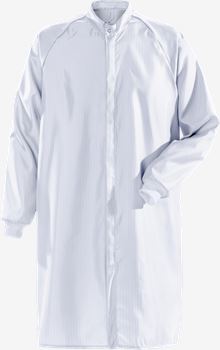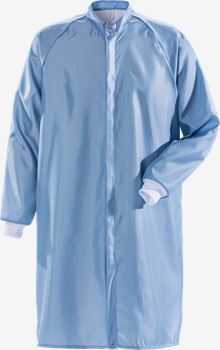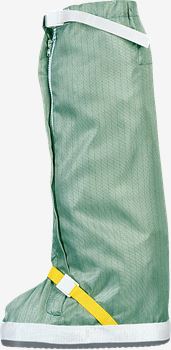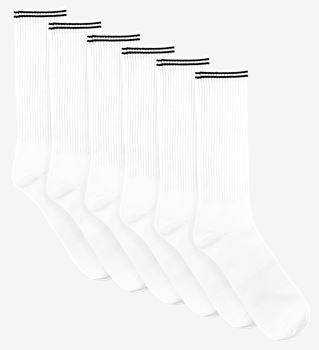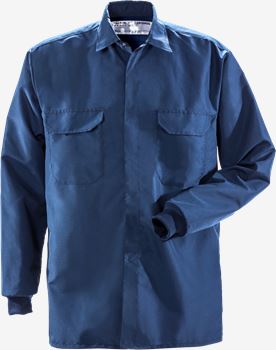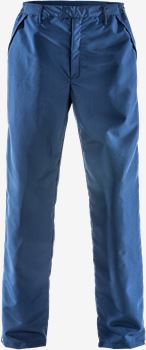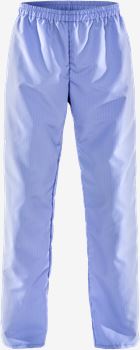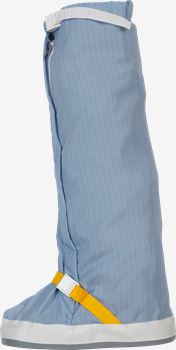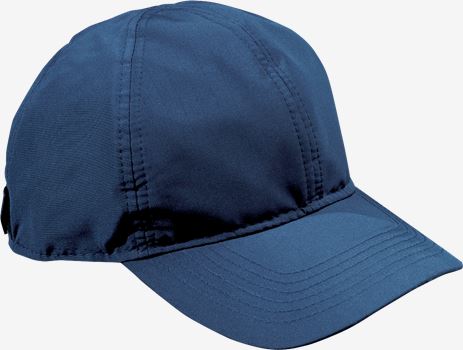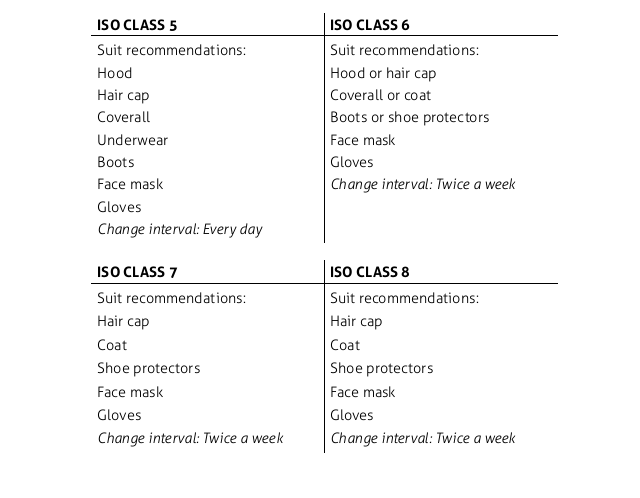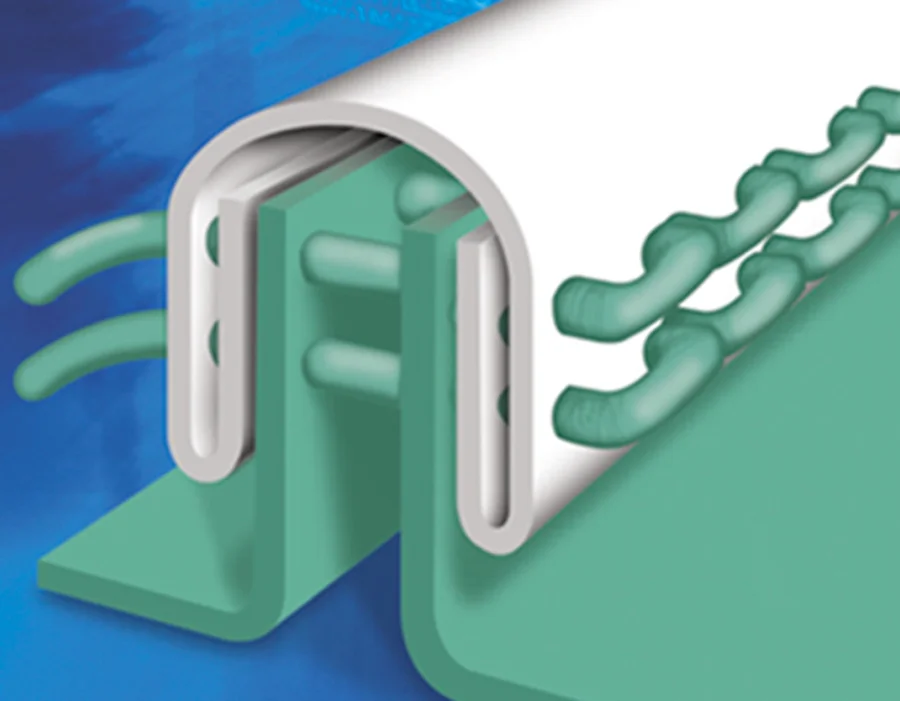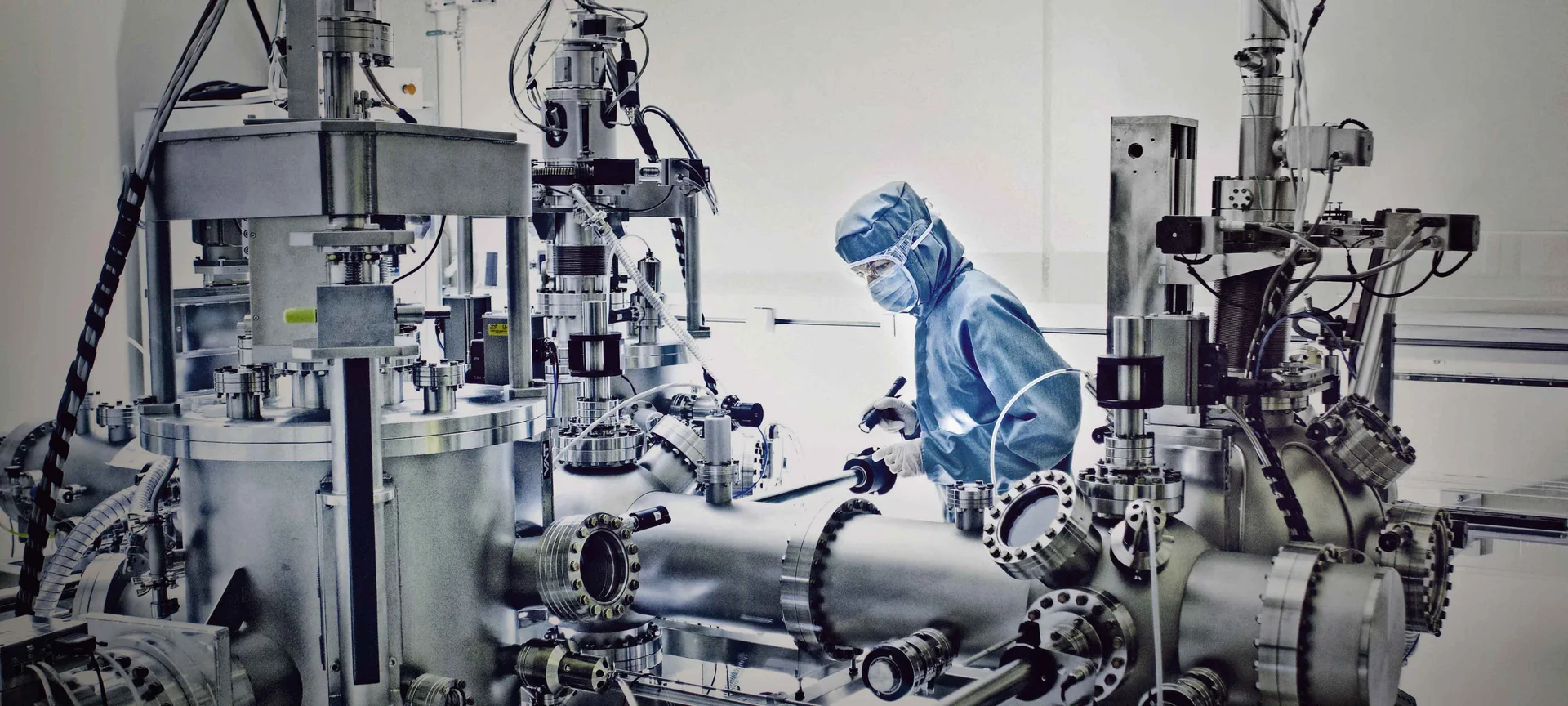
renrom
Mennesker er den største kilden til partikler i renrom. Avhengig av bevegelse, skiller kroppen ut mellom 100 000 og flere titalls millioner partikler per minutt. Våre plagg for bruk i renrom oppfyller kravene og gir maksimal komfort når man jobber i renrom, samt i andre kontrollerte miljøer, som for eksempel ved billakkering.
Etter andre verdenskrig eksploderte den teknologiske utviklingen, men det oppsto også store problemer. Flyene kom ut av kurs, datamaskinene mistet minnet, sykehusinfeksjoner økte og biltrafikken stoppet opp på grunn av at trafikklysene ikke skiftet fra rødt til grønt. Det ble oppdaget at grunnen til dette var forurensning fra produksjon av teknisk og medisinsk utstyr. Jo mindre komponenter man forsøkte å bruke, jo verre ble problemet. Det første renrommet ble bygget på 1960-tallet, og på grunn av at luften ble filtrert gjennom det som er kjent som HEPA (høyeffektiv partikulærluftfilter), var det mulig å redusere og kontrollere partikkelnivået på en svært effektiv måte. Det ble også opprettet standarder for å garantere luftkvaliteten, for eksempel US Federal Standard 209.
Problemene begynner når du plasserer utstyr i rommet – og mennesker som skal bruke utstyret. Mennesker avgir hvert minutt flere hundre tusen partikler i form av hudceller, mikroorganismer, hår osv. og jo mer vi beveger oss, jo flere partikler avgir vi. Dette betyr i praksis å plassere filtre rundt menneskekroppen for å forhindre at partiklene spres ut i lufta.
Fristads har produsert klær for renrom og kontrollerte miljøer siden 1996.
Vår bundne søm er en avansert versjon av standarden. Den er mer ugjennomtrengelig, siden sømmen fungerer som en hette. Den er sterkere, fordi doble rader med sting går gjennom seks lag med stoff. Den er sikrere, fordi karbonfilamentene som er vevd inn i sømmen, sikrer god elektrostatisk utladning, selv etter gjentatte vasker.
Arbeidsklær for renrom må ikke avgi partikler eller fibre. Derfor fungerer ikke bomull og andre naturmaterialer, da disse er vevd av korte fibrer som lett løsner. Klær for bruk i renrom består av syntetiske fibre – filamentpolyester, det vil si sømløse fibre.

